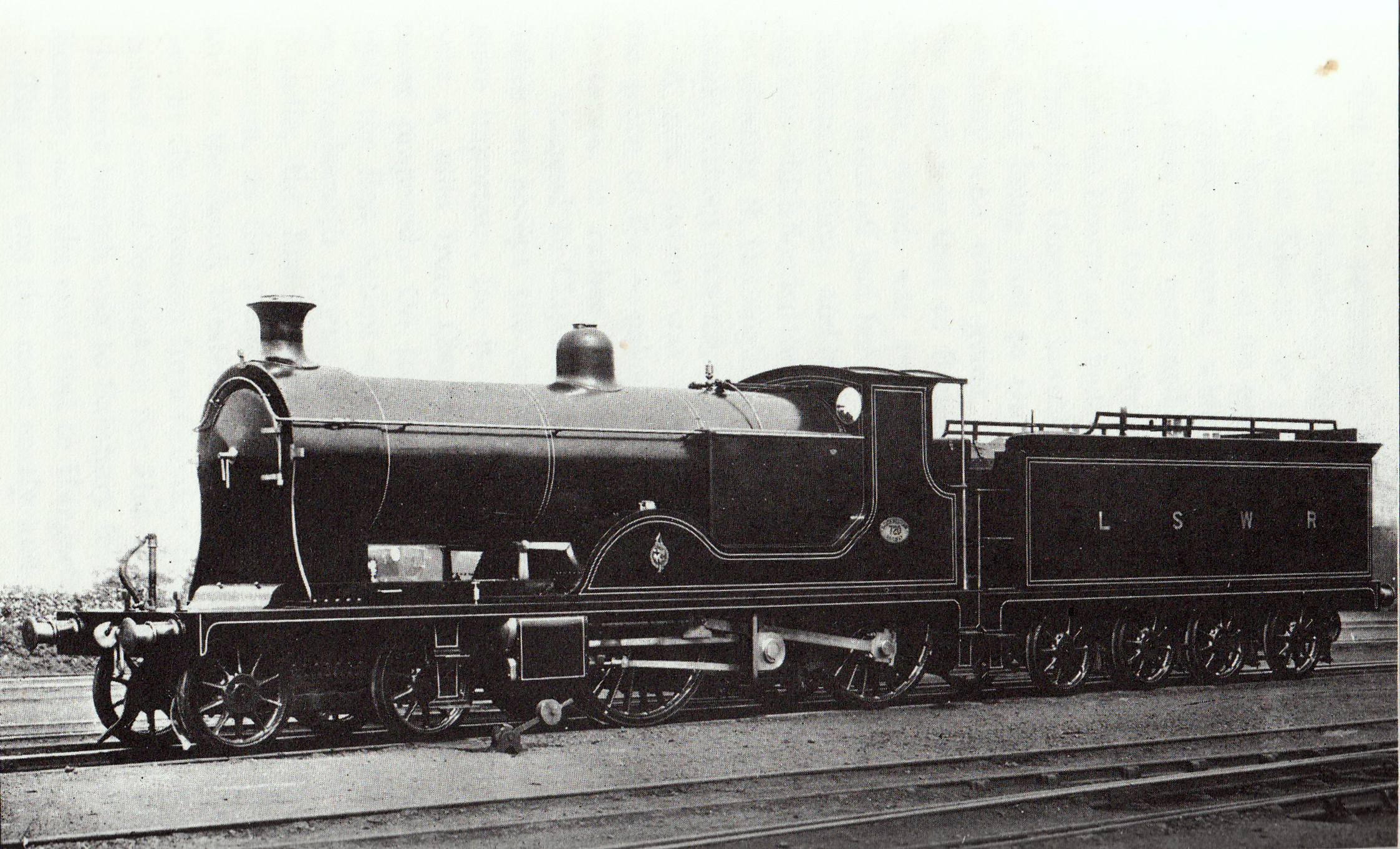4-2-2-0 on:
[Wikipedia]
[Google]
[Amazon]
 Under the
Under the
 Under the
Under the Whyte notation
The Whyte notation is a classification method for steam locomotives, and some internal combustion locomotives and electric locomotives, by wheel arrangement. It was devised by Frederick Methvan Whyte, and came into use in the early twenti ...
for the classification of steam locomotive
A steam locomotive is a locomotive that provides the force to move itself and other vehicles by means of the expansion of steam. It is fuelled by burning combustible material (usually coal, Fuel oil, oil or, rarely, Wood fuel, wood) to heat ...
s, 4-2-2-0 represents the wheel arrangement
In rail transport, a wheel arrangement or wheel configuration is a system of classifying the way in which wheels are distributed under a locomotive. Several notations exist to describe the wheel assemblies of a locomotive by type, position, and c ...
of four leading wheel
The leading wheel or leading axle or pilot wheel of a steam locomotive is an unpowered wheel or axle located in front of the driving wheels. The axle or axles of the leading wheels are normally located on a leading truck. Leading wheels are used ...
s on two axles, four independently driven driving wheel
On a steam locomotive, a driving wheel is a powered wheel which is driven by the locomotive's pistons (or turbine, in the case of a steam turbine locomotive). On a conventional, non-articulated locomotive, the driving wheels are all coupled t ...
s on two axles, and no trailing wheel
On a steam locomotive, a trailing wheel or trailing axle is generally an unpowered wheel or axle (Wheelset (rail transport), wheelset) located behind the driving wheels. The axle of the trailing wheels is usually located in a trailing Bogie, t ...
s. The arrangement became known as ''double single''.
Usage
This unusual wheel arrangement was first used 1884 by Francis Webb in LNWR No. 3026, a 3-cylinder rebuild of a Metropolitan 4-4-0 Tank engine. In 1893, the arrangement was used by the British engineer Frederick Charles Winby for the locomotive ''James Toleman'', built by Hawthorn Leslie & Company in Britain. It was exhibited at theWorld's Columbian Exposition
The World's Columbian Exposition, also known as the Chicago World's Fair, was a world's fair held in Chicago from May 5 to October 31, 1893, to celebrate the 400th anniversary of Christopher Columbus's arrival in the New World in 1492. The ...
in Chicago
Chicago is the List of municipalities in Illinois, most populous city in the U.S. state of Illinois and in the Midwestern United States. With a population of 2,746,388, as of the 2020 United States census, 2020 census, it is the List of Unite ...
and then delivered to the Milwaukee Road
The Chicago, Milwaukee, St. Paul and Pacific Railroad (CMStP&P), better known as the Milwaukee Road , was a Class I railroad that operated in the Midwestern United States, Midwest and Pacific Northwest, Northwest of the United States from 1847 ...
.
Between 1897 and 1901 Dugald Drummond of the London and South Western Railway
The London and South Western Railway (LSWR, sometimes written L&SWR) was a railway company in England from 1838 to 1922. Originating as the London and Southampton Railway, its network extended to Dorchester and Weymouth, to Salisbury, Exete ...
used this wheel arrangement on two classes of divided drive locomotives, the T7 and E10 classes. The absence of coupling rods
A coupling is a device used to connect two shafts together at their ends for the purpose of transmitting power. The primary purpose of couplings is to join two pieces of rotating equipment while permitting some degree of misalignment or end mo ...
enabled the driving wheels to be more widely spaced than on a locomotive and permitted the inclusion of a larger firebox
Six locomotives of the type were built which performed adequately, but the uncoupled drivers led to poorer balance and increased wheelslip compared to s, thus the type was not perpetuated.
References
{{Whyte types 22,4-2-2-0 Railway locomotives introduced in 1897